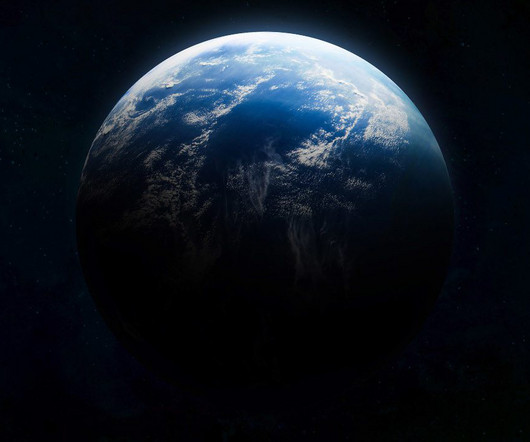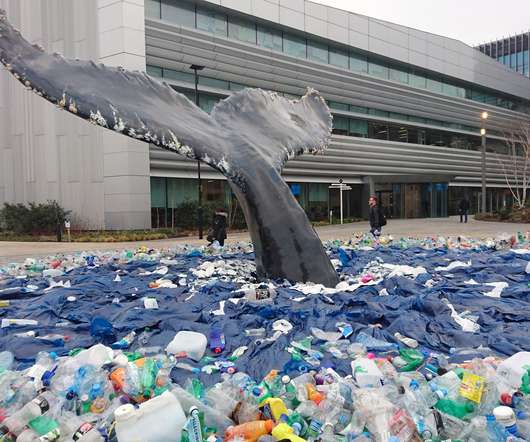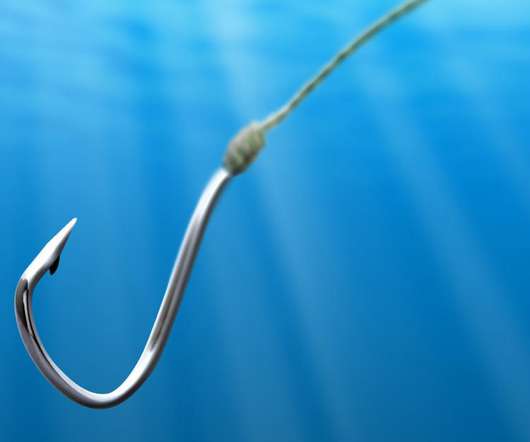What are ‘planetary boundaries’ and why should we care?
Envirotec Magazine
SEPTEMBER 25, 2023
And nearly all of us use fossil fuels, plastics, chemicals and products from intensive agriculture. Like all other living organisms, we survive by using Earth’s resources. Ocean-acidification is still, just, in the green, and so is aerosol pollution and dust. billion humans – nearly all of them poor.


















Let's personalize your content